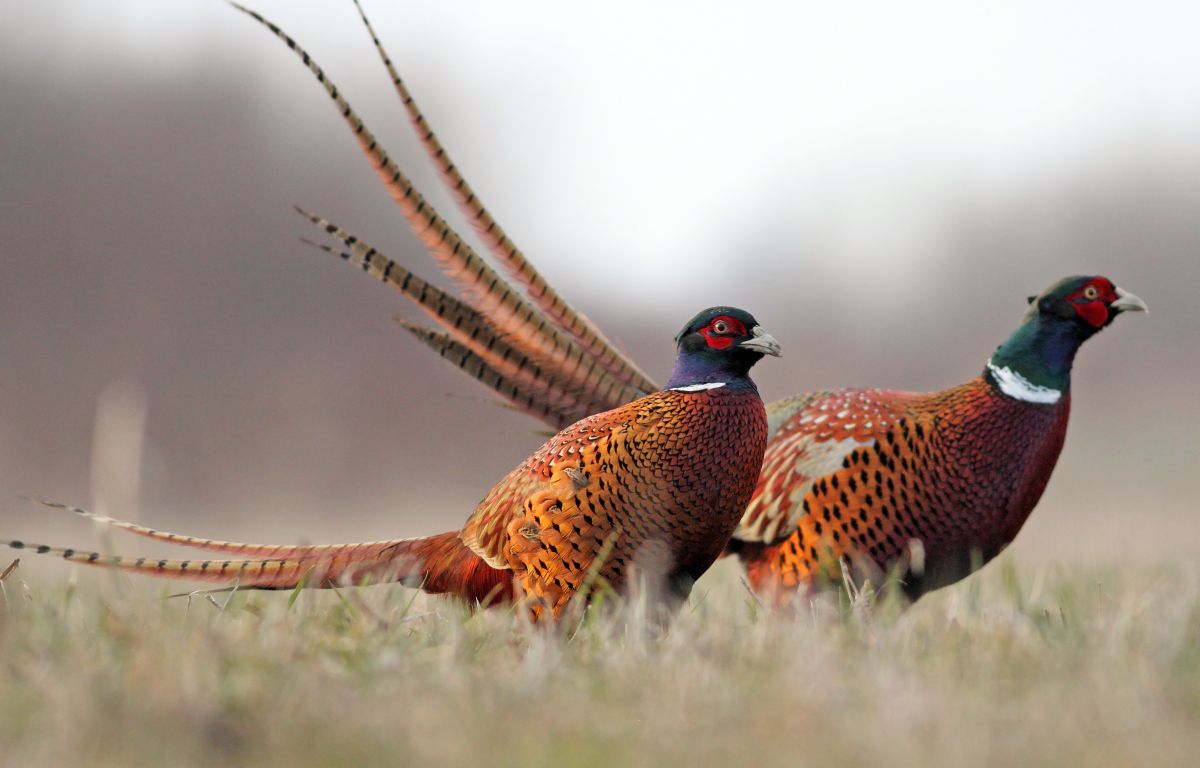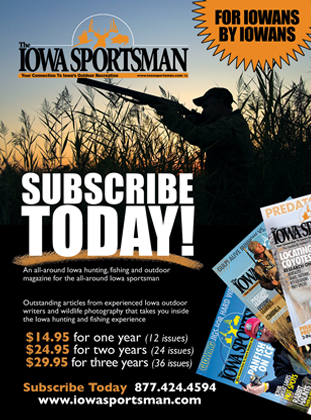2025 Iowa Pheasant Outlook

2025 Iowa Pheasant Outlook
Every fall, Iowa hunters venture out with bird dogs, a couple of friends, and shotguns to pursue pheasants. It’s one of the best times of the year, and for sure a season I always look forward to with high anticipation. Depending on where you’re at, and what day, you might be blessed with seeing several roosters, or it might be an empty run, and you return with a loaded shotgun and move on to the next spot.
The Iowa DNR releases an annual Pheasant Roadside Survey conducted in August. This helps us learn about what we can expect for this fall, during prime hunting season. It’s always conducted in early August, when pheasant broods are large enough to spot but haven’t yet disappeared into standing crops.
Iowa is divided into nine regions, each with 30 routes that are 30 miles long. At sunrise on calm, clear mornings, DNR personnel drive these routes and count all upland game (including pheasants, quail, partridge, rabbits, and jackrabbits) within 40 yards of the road. Because the process has been consistent since 1962, the results provide indication of the bird population and expectations for the upcoming hunting season.
2025 Roadside Study
This year, the news is excellent. The 2025 roadside survey turned in the highest statewide pheasant counts we’ve seen in more than two decades. This isn’t a promise of what you will see in the field, however, Iowa’s upland hunters should be geared-up for a successful year.
Statewide, the survey showed 28.1 pheasants per 30-mile route, a huge jump from last year’s 19.7. That’s a 43% increase in just one year, and the best index since the early 2000s.
So, when we look at those strong numbers, we wonder: what happened? The answer is simple, the winter overall was milder and allowed a little higher survival. A long, snowy Iowa winter can wipe out hens and leave numbers devastated in the spring. But the 2024–25 winter was the opposite. It ranked as the fourth least snowy on record, with very little prolonged snow cover. In short: pheasants cruised through with less winterkill.
That meant more hens alive in spring. More hens mean more nests. Even though heavy rains in June and July drowned out some broods, the overall bump in hen numbers easily offset the losses. When the DNR drove their August survey routes, they found more hens, more chicks, and more roosters in almost every region of the state. Some regions reported higher numbers than others. We’re going to take a look at the Northeast, Northwest, Southeast, and Southwest portions of the state.
Northwest
It should be no surprise that the northern part of the state tends to hold more birts. If you’re only going to hunt one region this year, head north and west.
The northwest region turned in a survey index of 55.2 pheasants per route—that’s nearly 70% higher than last year’s already good 32.6. It’s also the highest density recorded anywhere in Iowa this year and the best numbers the region has seen in about 25 years.
Counties to circle on the map: Clay, Emmet, Dickinson, Palo Alto, and Osceola. Biologists singled these out as hot spots. If you’ve got access to CRP or other grassland in those counties, then plan to take a day or two off from work and hunt.
Expect excellent hunting across the entire region. It’s not an exaggeration to say northwest Iowa might give you some of the most action filled hunts in a while.
Northeast
The northeast corner of the state is often overlooked, but maybe not this fall. The roadside counts showed 34.0 pheasants per route, up 42% from last year’s 23.9. That’s the highest the region has seen in decades.
Hunters should keep an eye on Bremer, Chickasaw, Howard, and Winneshiek counties. Those were the standouts this summer, according to the survey results. With rolling terrain, patchy CRP, and good cover along streams and draws, these areas should offer plenty of opportunities to watch a bird flush against a hardwood backdrop.
Northeast Iowa doesn’t always lead the state in numbers, but this year it’s punching well above average. If you want solid action with maybe a little less hunting pressure than the northwest, the NE is a good bet.
Southeast
Southeast Iowa has been hit or miss in recent years, but 2025 looks promising. The region posted a survey index of 27.8 pheasants per route, nearly double last year’s 14.8. That’s an 88% increase and puts the region well above its long-term average.
Counties flagged for promise include Henry, Jefferson, Louisa, Union, and Washington. Hunters in this corner of the state should be excited—it’s the best the southeast has looked in a decade.
The mix of ag fields, river bottoms, and patches of CRP give hunters a lot of variety here. With pheasant numbers finally cooperating, it’s a great time for southeast Iowa sportsmen to dust off the upland gear.
Southwest
Finally, the southwest. This corner of the state saw the biggest percentage jump of all regions—from 3.9 birds per route in 2024 to 7.9 in 2025, a 102% increase. The problem? Even with that big gain, it’s still the lowest pheasant density in the state.
That doesn’t mean it’s hopeless. Hunters in Audubon, Harrison, Monona, Montgomery, Lucas, Taylor, and Wayne counties may find improved opportunities. Some of those counties are also bright spots for quail, so you might chase a mixed bag.
But compared to the rest of Iowa, southwest hunters will need to work harder and focus on areas with good habitat. If you find a pocket of CRP or shelterbelts that survived the bulldozer, it could pay off. Just don’t expect NW-level numbers.
Weather vs. Habitat
This year’s report is a reminder of how much weather matters. One mild winter can turn a mediocre pheasant population into a bumper crop of birds. But the DNR points out something important: weather drives the ups and downs, but habitat drives the long-term trend.
When we think of the best pheasant habitat, Native Warm Season Grasses come to mind. Native warm-season grasses (like big bluestem, indiangrass, and switchgrass) are the backbone of pheasant and quail habitat because they grow tall and clumpy, creating overhead cover while leaving space at ground level for chicks to move and feed. When mixed with forbs such as partridge pea, coneflowers, or clover, they provide both food and shelter. They also attract a bunch of insects.
If you want to enhance your wild bird habitat even more, add in cedars or shrubs for escape cover and winter habitat. Cattails or switchgrass can also help shelter from snow and help survival rates. If you want to add food plots or nearby crop fields for energy, and you’ve got the complete package. This mix creates the patchwork of nesting, brood-rearing, feeding, and loafing cover that pheasants and quail need year-round. Weather gives us ups and downs, but habitat is what keeps pheasant and quail populations strong for the future.
By Shannon Rivers
November 2025
Here are some Nutrition Ideas that could help out your gun dog.
Or if you are looking for the digital version of this months issue here it is below
Looking for the Cattle/Dairy side of things

